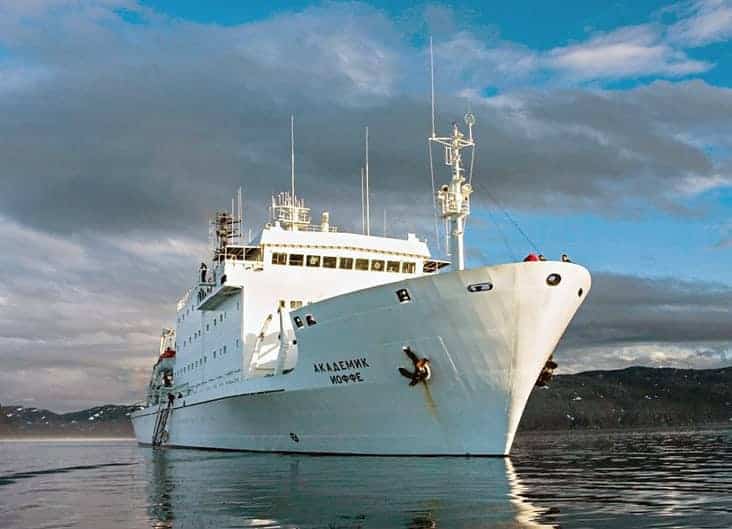Considering the High Arctic is probably the most expensive place in the world to drill for oil, Prime Minister Justin Trudeau’s ban on new oil and gas development in the Beaufort was classic posturing.
It was environmental opportunism, pure and simple. A salve to sooth those outraged by his support for the Trans Mountain pipeline.
But now there is a clear cut environmental issue where the Liberals have the chance to do some actual good: grey water.
Let’s see if they rise to the challenge.
As global warming melts sea ice across the Arctic, shipping routes that were once inaccessible may be opening up. But on top of exposing newly navigable waters the receding ice is also revealing regulatory gaps that badly need to be filled.
Consider for a moment that there are no laws preventing ships from dumping untreated grey water into the Arctic Ocean.
According to a study commissioned by World Wildlife Fund Canada, the amount of grey water being dumped annually in the Canadian Arctic is expected to increase from the 2016 level of 33 million litres to 60 million litres by 2035.

Given the vastness of the ocean, 60 million litres is a drop in the bucket but grey water is nasty stuff that can have adverse effects on the environment.
Grey water is wastewater from showers, laundry machines, dishwashers and sinks and it not good for sensitive marine ecosystems.
It’s full of nutrients, which can cause algal blooms, oil and grease, which can harm fish and particulates that can clog up the delicate respiratory systems of species such as crabs and lobsters. It can also contains invasive species of animals.
There is some cause for alarm because according to a study by the World Wildlife Fund, the number of ships sailing through Northern waters is expected to increase as global warming melts sea ice.
According to the study, by 2035 tourism will be the biggest source of grey water dumping, as massive cruise ships carrying thousands of passengers and crew are expected to be plying the seas on Arctic adventures.
In fact, WWF decided to undertake the study after the 1,000-passenger Crystal Serenity became the first major cruise ship to navigate the Northwest Passage. Crystal Cruises, which owns the ship, is reportedly planning more such expeditions.
The messy consequences of this touristic increase are already evident. Last week, dozens of passengers were trapped when their cruise ship ran aground near Kugaaruk, Nunavut.
Then there was the employee of a German cruise line who shot a polar bear in Norway after it attacked another employee.
These cruises could be an economic boon to the remote communities of the High Arctic but it would be unacceptable if these ships caused harm to the natural wonders their passengers will be paying to see.
In southern waters, vessels built after 2013 and carrying more than 500 passengers are legally required to treat their grey water before releasing it at least three nautical miles from shore. There are also strict regulations against dumping untreated grey water in Alaska
This means that Canada’s Arctic waters are at risk of becoming a dumping ground unless new regulations are imposed.
Last week we reported that this regulatory shortfall exists because our maritime laws were developed in the 1970s, long before there was much sea traffic in the North.
Transport Canada is researching the feasibility of regulating grey water in the Arctic, which is good. There are sure to be challenges enforcing the rules in such a vast and mostly uninhabited space and the storage of grey water for some ships is sure to be an issue.
Still, the government should take this on. It is a clear-cut environmental initiative that any Canadian political party should support.